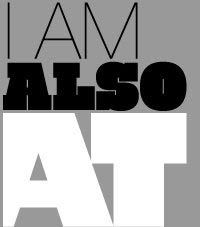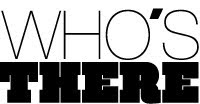PULP FICTION
REQUIEM FOR A DREAM
THE BIG LEBOUSKI
Kinetic typography is the technical name for "moving text". Is an animation technique mixing motion and text. The text is presented over time in a manner intended to convey or evoke a particular idea or emotion. It is often studied in Communication Design and Interaction Design courses. Some commonly seen examples of this technique include movie title sequences and credits, web page animation and other entertainment media.
It started up rising with the advent of film and graphic animation, the possibility of matching text and emotion emerged. Examples of animated letterforms appeared as early as 1899 in the advertising work of George Melies. Early feature films contained temporal typography, but this was largely static text, presented sequentially and subjected to cinematic transitions. It was not until the 1960´s when credit sequences began to feature typography that was truly kinetic. Scholars recognize the first feature film to take advantage of kinetic typography as Alfred Hitchcock's North by Northwest. This film's title sequence—created by Saul Bass—contained animated text, listing the cast, that "flew" in from off-screen, and finally faded out into the film itself. A similar technique was also employed by Bass in Psycho.
Since then, the use of kinetic typography has become commonplace in film introductory titles and television advertisements.
1.20.2009
Subscrever:
Enviar feedback (Atom)


















Sem comentários:
Enviar um comentário